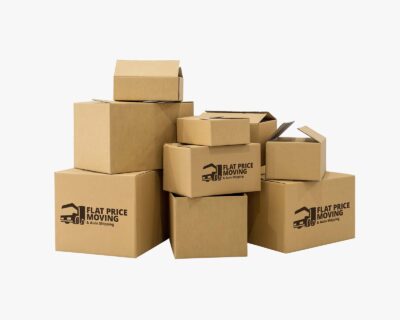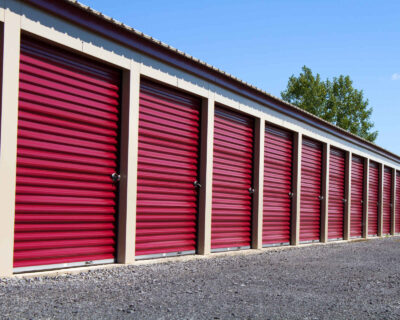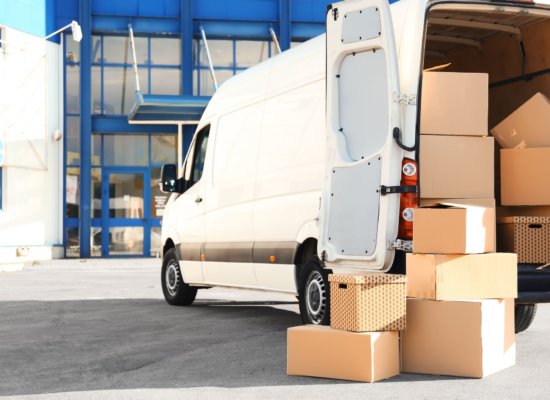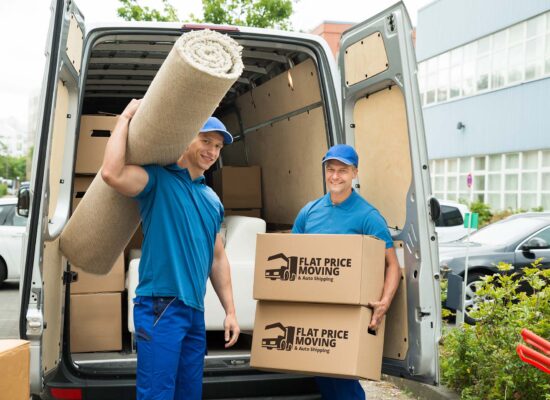Unlock the Secret to a Stress-Free Move – How Many Moving Boxes Do I Need?
Embarking on a move often brings the daunting question to the forefront of our minds – “How many moving boxes do I need?” This seemingly simple question can unravel into a complex puzzle, intertwining with the need for efficient packing strategies to ensure a stress-free relocation. In this guide, we delve into the art of accurately estimating moving box requirements while also highlighting the best practices for packing.
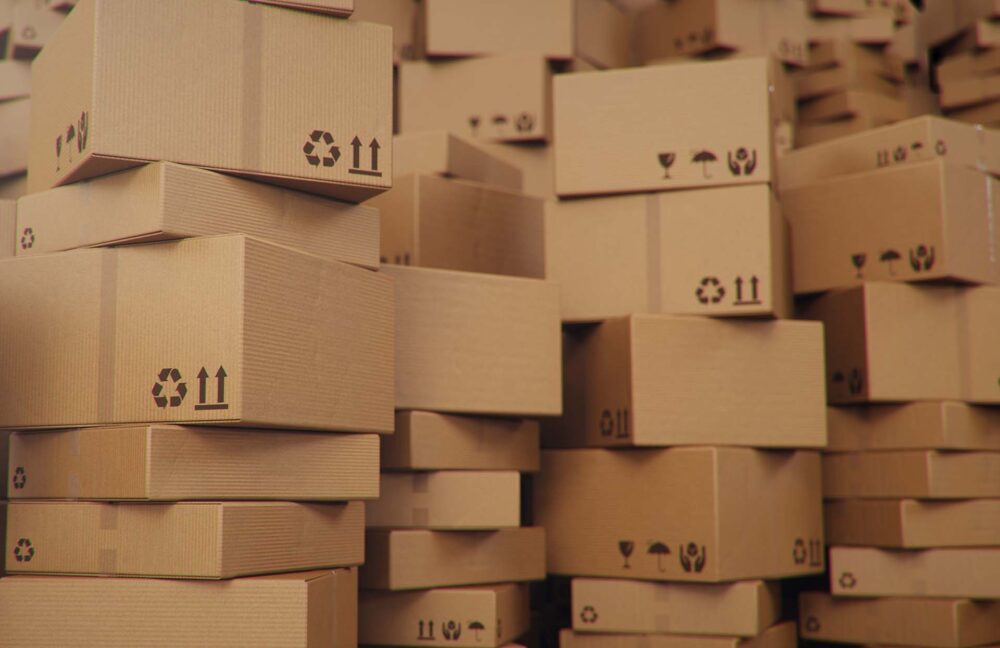
How Many Moving Boxes Do I Need?
Determining the exact number of cartons you’ll need hinges on various factors, such as the size of your living space and how densely furnished it is.
For those pondering how many boxes for a 1-bedroom apartment, a general estimate ranges between 20 to 40 medium-sized boxes.
This is enough for typical belongings, including books, plates, and dishes, as well as personal items.
This count assumes a moderate amount of possessions.
On the other hand, if you’re calculating how many boxes will I need to move a 2-bedroom apartment, the number predictably increases. The reason is that there are additional furniture, appliances, and personal items. In this case, you might need approximately 40 to 60 boxes, encompassing small, medium, and large sizes.
Remember, these estimates serve as a starting point, and it’s wise to assess items closely for a more tailored calculation.
Estimate Packaging Needs by Room
When relocating to a new home, estimating packaging needs room by room stands out as the best strategy for organizing and relocating efficiently. This method allows for a systematic approach, ensuring each area’s specific requirements are considered. Divide the household into sections such as the living room, kitchen, and bedrooms. Focus on categorizing items based on their size, fragility, and importance.
This focused approach facilitates a smoother transition, minimizing the chances of overlooking essential items or overestimating the needed materials. Emphasizing each room’s unique packing needs contributes to a more structured and less overwhelming preparation process.
Assess the Moving Inventory
Beginning the process with a thorough assessment of the relocation inventory is crucial. This initial step involves taking stock of all possessions to decide what to keep. Decluttering is especially pivotal, as it reduces the volume of items to transport, thereby simplifying the logistics.
For example, when relocating to a smaller home, it becomes imperative to scrutinize each item’s utility and emotional value closely. This selective approach not only makes the selection of belongings to transport easier but also paves the way for a fresh start.
Factor In Important Belongings from the Living Room, Kitchen, and Bedrooms
In the living room, it’s essential to pack appliances and electronics with care, using appropriate padding and boxes designed for fragile items. The kitchen demands special attention to glassware and sharp objects. They need to be securely wrapped and boxed to prevent damage. Bedrooms will primarily require individuals to pack clothes, utilizing wardrobe boxes that allow for easy transfer and unpacking.
Additionally, personal items like photographs and important documents should always go into well-labeled cartons for quick access. Taking into account the diverse needs of each room aids in maintaining an organized unpacking process.
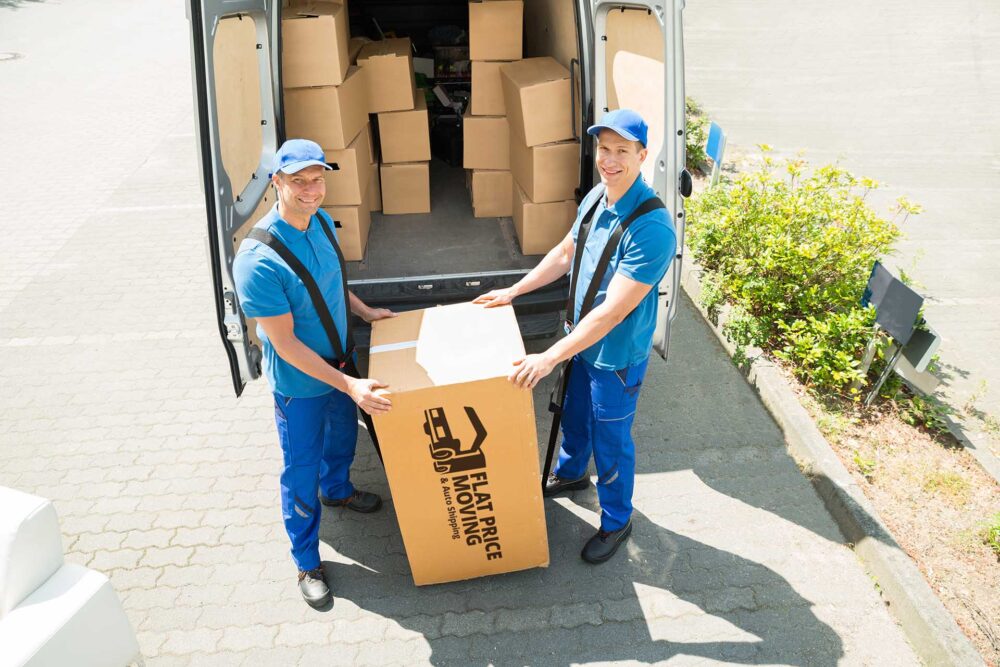
There Are Different Types of Moving Boxes You Can Use
Recognizing the variety of containers available and their respective uses is crucial in planning an organized relocation. Having cartons of different sizes at one’s disposal is fundamental to making moving easier and more efficient.
Smaller boxes are perfect for heavy, dense items, ensuring they can be transported safely without the risk of overpacking. Medium-sized crates strike a balance, suitable for a range of items without becoming too heavy to lift. Large cartons are ideal for bulky, lighter items that take up more space but don’t weigh as much. Using the correct size box for specific items helps in maximizing space in the moving truck.
Small Boxes Are Used For Heavy Possessions
These compact containers are mostly used for packing books, collectibles, and heavy items. Their size is about 16 inches by 12 inches by 12 inches which makes them manageable to carry and stack in a relocation truck. They are essential for items that, while small, could add significant weight to larger containers, making them too cumbersome to move efficiently. Their use underlines the importance of categorizing belongings not just by size, but by weight as well.
Medium Boxes Are a Great Option for Kitchenware
Medium containers are about 18 inches by 16 inches by 18 inches in size. They are used predominantly for packing kitchen items, toys, and small appliances, providing a balance between size and manageability.
These crates are large enough to hold a substantial amount of goods but are designed to prevent overpacking. They serve as the ideal solution for the bulk of one’s possessions, facilitating an organized and efficient packing process that caters to a wide variety of household items.
Large Boxes Fit Larger Electronics or Appliances
Large cartons are about 18 inches by 18 inches by 24 inches in size, and they are indispensable when it’s time to prepare for a relocation. They are used for housing larger electronics, appliances, and other voluminous items that require extra space.
These containers are designed to accommodate items such as linens, larger kitchen appliances, and lampshades. They offer a protective enclosure for objects that might not fit into smaller or medium-sized alternatives. Typically, large cartons are crafted from sturdy cardboard materials to support the weight and size of the contents.
Specialty Boxes Provide Additional Protection
These are tailored to protect items that require extra care. They are designed with particular shapes, sizes, and protective features to accommodate unique items such as wardrobes, TVs, artwork, and mirrors.
For instance, wardrobe boxes come with a built-in hanging rod, allowing clothes to be moved directly from closet to box without folding, thus preventing wrinkles. TV and artwork crates are often constructed with heavy-duty, double-walled cardboard. They may include foam inserts or corner protectors to cushion and secure the item inside.
The Formula for Calculating the Number of Moving Boxes
Determining the correct quantity of containers for relocation involves various calculations to ensure moving safety and security. A critical element of any relocation to-do list is the accurate estimation of how many crates, cartons, or containers are necessary to transport belongings efficiently.
Two primary methods are utilized – estimating based on the total square footage of the living space and calculating according to the number of bedrooms in the home. Each approach requires careful consideration of the volume and type of possessions being moved.
The First Method – By Square Footage
The first and most straightforward method to estimate the number of packing cartons needed for a move involves analyzing the home’s square footage. This approach recognizes that a larger home typically contains more belongings, making square footage a critical determinant in the calculation process. Here’s a list of how square footage correlates to the required number of boxes:
- Homes ranging from 400-700 square feet might require 7-15 small, 9-15 medium, six large, and three extra-large boxes.
- A space between 700-1,250 square feet would need 17-23 small, 15-22 medium, 7-11 large, and 4-6 extra-large cartons.
- For those living in 1,200-1,700 square feet, the estimation jumps to 32-37 small, 25-35 medium, 16-20 large, and 10-12 extra-large boxes.
The Second Method – By Number of Bedrooms
The second method for estimating the necessary quantity of packaging containers for relocation focuses on the number of bedrooms. For instance, a studio apartment typically requires between 10 to 20 containers for a move. As the living spaces expand, the estimated range grows: a 1-bedroom apartment may need 20 to 40 boxes, while a 2-bedroom apartment could require 40 to 60 containers.
The estimates continue to climb for houses, with a 2-bedroom house needing 60 to 80 boxes. A 3-bedroom house requires 80 to 100 cartons, and so forth. This bedroom-based calculation method serves as a useful preliminary tool for individuals to gauge their packaging needs.
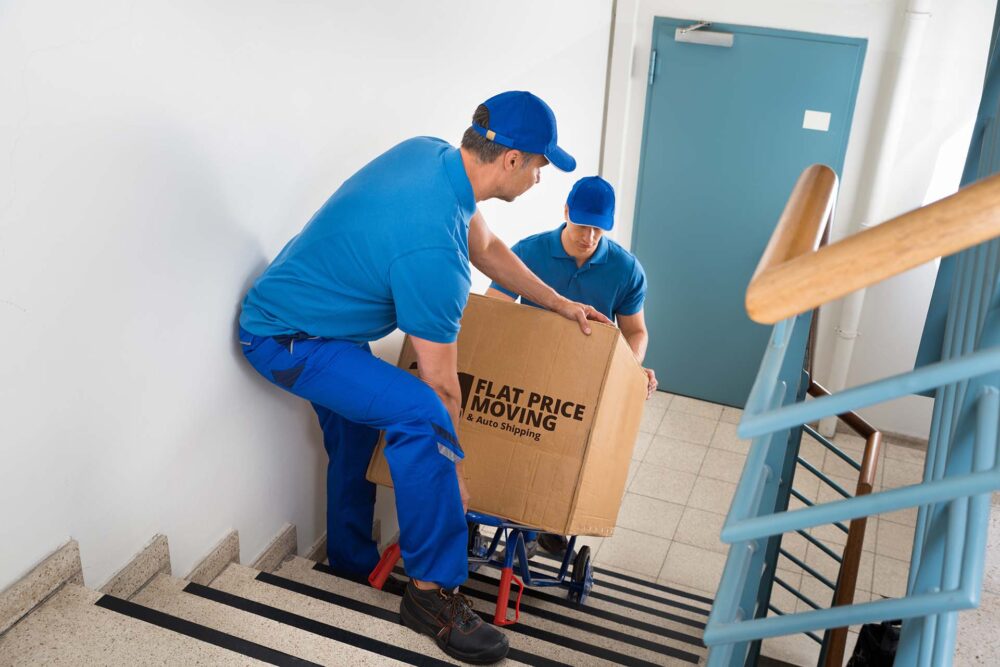
Here Are Some Packing Tips for an Efficient Move
Arming yourself with a set of proven household moving tips can transform a potentially chaotic experience into an efficient and orderly process. Central to these tips is the emphasis on early preparation, which includes sorting belongings well ahead of the relocation date to identify what to keep, donate, or discard.
Employing the right mix of packaging materials — sturdy cartons, bubble wrap, and packing paper — is pivotal for protecting items during transit. Labeling each box clearly with its contents and designated room simplifies the unpacking process. Additionally, creating a detailed inventory list as you pack can act as a valuable reference to keep track of all possessions.
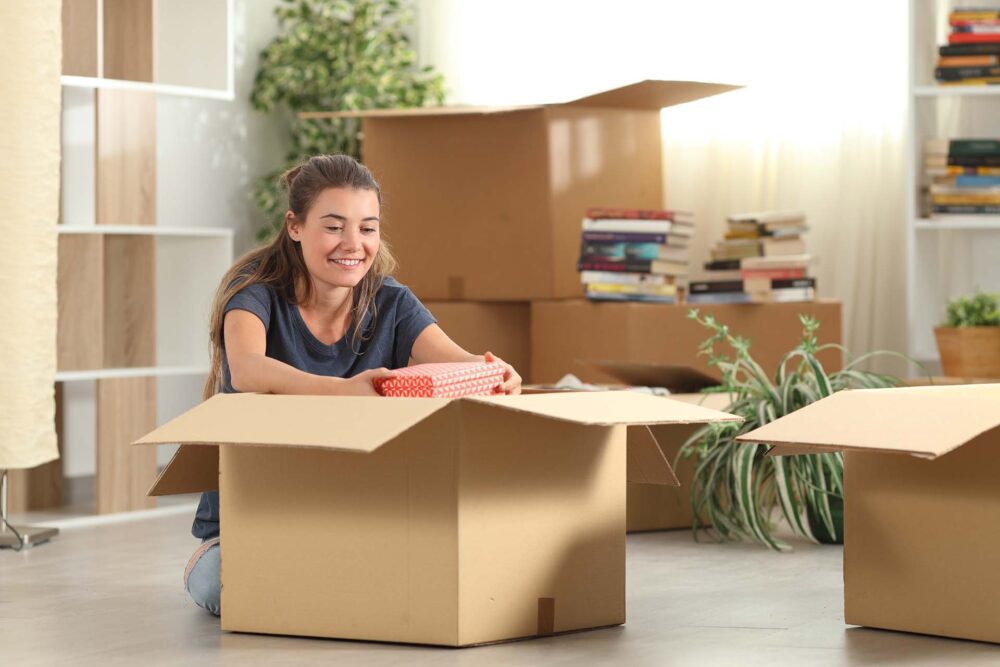
Make the Move Easier by Choosing Long-Distance Movers
Selecting the right long-distance movers can significantly simplify the relocation process, making it smoother and less stressful. These professionals not only know all the best long-distance moving tips but also bring a level of expertise and efficiency. Opting for long-distance moving services allows for the seamless loading and unloading of containers from the truck.
Moreover, many companies offer additional services, such as car shipping and professional storage services, catering to all relocation needs under one roof. One of these companies is Flat Price Auto Transport and Moving. These comprehensive solutions provide peace of mind, knowing that every aspect of the relocation is handled by experts.
The Cost-Effectiveness of Professional Packing
Investing in professional packing services can be a game-changer in terms of saving both time and money. Professional packers are skilled in efficiently packing a household, using the right materials and techniques to protect belongings. There is no need for counting containers and crates, cross-country movers have everything taken care of. Furthermore, make sure that you leave your belongings with a reliable movers. Always do a USDOT check on the Better Business Bureau website before hiring anyone.
Moving Services
Whether you are moving from New York to Los Angeles or from San Francisco to Chicago, we can help you.
Read morePacking Services
Our moving teams are trained to pack your belongings in the most efficient manner possible.
Read moreStorage Service
Knowing what kind of surprises cross country move may hold, we offer 30 day free storage for belongings at the origin state.
Read moreFlat Price Auto Transport and Moving Solves All Boxing-up Issues Quickly
Flat Price Auto Transport and Moving stands as a beacon of efficiency and reliability in solving all boxing-up issues quickly for those pondering how many boxes to move for their long journey. With long-distance movers, you can select different services, including long-distance moving, car shipping, and storage solutions. With professional packing services, we significantly reduce the stress and time involved in preparing for a relocation.
For a hassle-free relocation that addresses all your packing and relocation needs with expertise, contact us, Flat Price Auto Transport and Moving, and embark on the journey with the best long-distance moving company.
Frequently Asked Questions About Stress-Free Move
How Do I Decide Between Different Moving Box Sizes?
Opting for a mix of small, medium, and large crates allows for a tailored approach, matching each item with the most suitable container. This strategic selection process enhances the safety of shipped belongings and optimizes space utilization in the transport vehicle.
Can I Reuse Old Moving Boxes for My Next Move?
Reusing old containers for a subsequent relocation can be both cost-effective and environmentally friendly, provided they remain in good condition without signs of wear or damage. Inspecting these crates for durability and structural integrity is crucial to prevent potential mishaps during transit.
How Many Boxes Should I Allocate per Room?
Allocating crates per room involves a careful assessment of each space’s contents, considering the quantity and variety of items to be transported. Typically, kitchens and bedrooms may require a higher count due to the abundance of small and medium-sized items, whereas living rooms might need fewer but larger crates for electronics and decorative items.
What Are the Benefits of Hiring Professional Movers for Packing?
Professionals from a cross-country moving company bring expertise, proper materials, and techniques to the table, ensuring your belongings are securely prepared for transit. This service saves a lot of time.
What Should I Pack Last Before Moving Day?
When preparing for the final stages of the relocation, it’s wise to reserve essential items, daily necessities, and personal documents to be packed last. Prioritizing these items for last-minute packaging guarantees a smooth transition.





